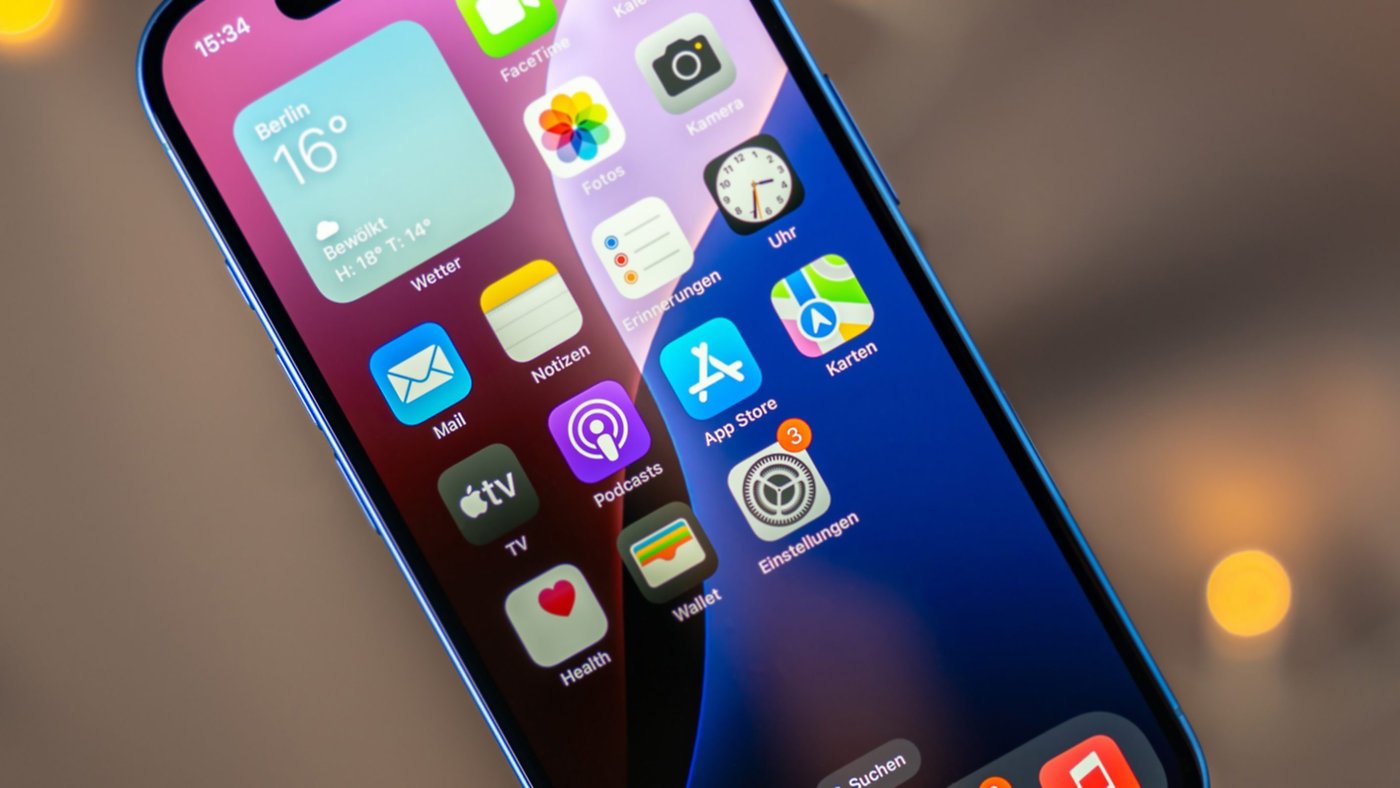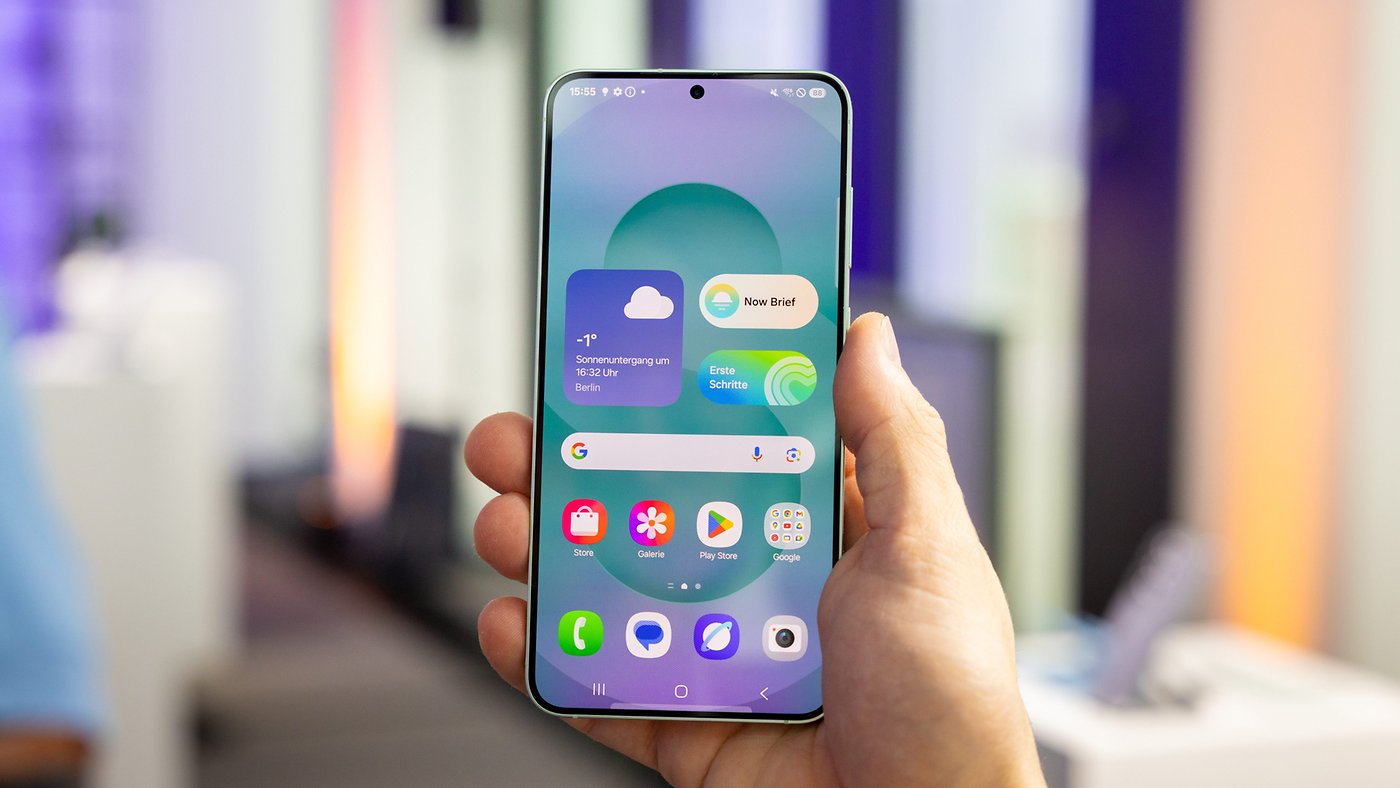

Social media has repeatedly been criticized in recent months. The main target of these criticisms are the age controls of providers, which can easily be circumvented by kids. The sometimes lax handling of applicable youth protection regulations has also led to growing political pressure around the world. Google is now bowing to this pressure.
Age Verification through AI
In a blog post, the company has announced a step that is similar to what Meta wants to implement on Facebook. Until now, it has been comparatively easy for young users to circumvent existing regulations regarding the platform’s minimum age. In the future, the power of machine learning and AI are going to be used for verification. This involves analyzing a user’s behavior regarding age-specific characteristics. If there are indications that a user under the age of 18 is trying to access content that is not age-appropriate or creates user accounts for which they are considered too young, the request will be denied.
The AI that handles age verification will initially be introduced in the USA and further optimized in terms of detection and protection mechanisms. The new function will then be introduced in other countries. However, no official details have been announced so far.
More Control with Family Link
The Group has also announced further optimizations to existing features. For example, content classified as harmful to minors will, in the future, not only display a warning but also take additional preventative measures. This feature can only be deactivated by users, whose devices are subject to parental control via Family Link, by opting out through the settings.
The Family Link update should also make it easier for parents to keep an eye on their children online. All options for monitoring screen time are now a main focus. A new feature will also be integrated–School Time. This allows parents to limit the functionality of Android and Chrome devices used by their children during school hours, for example, by restricting access to apps.
In addition, parents will be able to more easily intervene in their children’s communication after the update, which is due to be rolled out next month. Via Family Link, they will not only be able to add contacts to the respective smartphone, but they can also specify that only these contacts can be contacted.
Children can Pay on their Own
In addition to the improved functionality of parental control, Google is also expanding the range of functions concerning accounts controlled via Family Link. Parents can store payment cards in the associated wallets but can also remove them. They can also view a list of all transactions at any time. In the future, children will not only be able to make full use of the payment function, they will also be able to add vouchers or event tickets to their wallets.
What do you think about AI being used to protect children? Could AI make the internet a safer place for minors? Let us know in the comments below!








